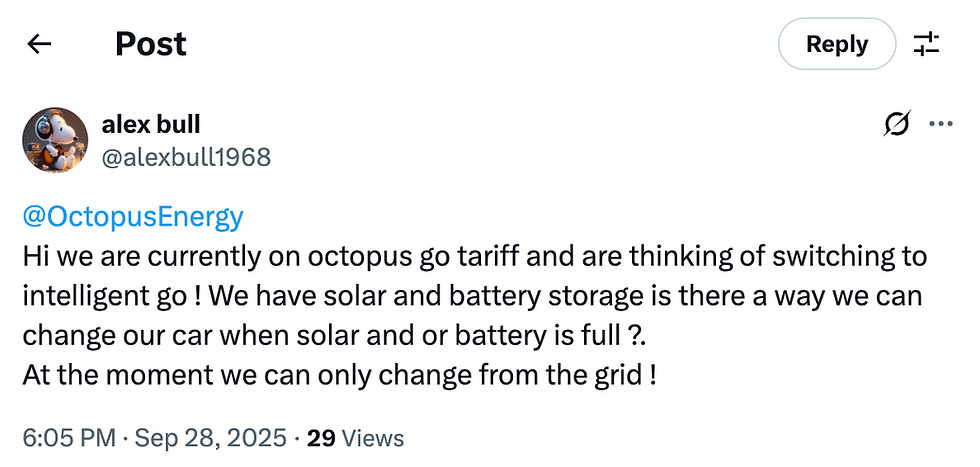A trip down the nCube days
- Philip Steele
- Apr 12, 2022
- 2 min read
Updated: Apr 20, 2022
I started nCube in 2013 as a smart home platform. From the beginning the focus was always on energy management based around a smart home hub. As I wrote on the original About Us page (still available on the Wayback Machine*) I'd previously hacked together a method to turn everything on/off in my bedroom with an old tape deck motor, micro switch and transformer when I was a teenager.

What we created was a Raspberry Pi based hub with a HAT and USB dongles so we could talk to a whole range of home devices across WiFi, Z-Wave, Bluetooth and in a later version we were working on Zigbee too. That meant we connected to well over 100 devices such as smart thermostats (even Nest before they killed off their API access), TRVs, smart plugs (Z-Wave brands and well known products such as Wemo), lights (also Z-Wave but Philips Hue too via their bridge and LIFX wifi versions), all sorts of sensors (bit of expansion into security), sonos smart speakers, plant monitors, etc. We probably over-stretched ourselves covering such a wide range of devices in the end.
The nCube app (iOS and Android as well as mobile web) gave control of all these devices from one place. A few things influenced my choice of demo devices in these screenshots - this was the time when we had a tropical fish tank, our youngest was still a baby and I did try to look after an Orchid.

We even pioneered a way for family members (I have three siblings) to compete on their energy saving by measuring the energy consumption per bedroom and an algorithm that allocated usage across the rest of the home according to who was at home via in-home detection in the app. |  |  |
| The billiard balls show Watts and R/A/G usage indicator. | Yes, that's a young me and the turkey was at the Cerza zoo. |
On top of that the system was also connected to IFTTT and Alexa too.
Our last iteration of the hub was to move to a custom main board instead of the Raspberry Pi (hence also inclusion of Zigbee) with a plan to create a set of stacking modules connected with pogo-pins (commonly used for magnetic touch-connectors) so you could simply lift them on and off. The base formed the main hub, then a storage unit, then a mobile connectivity unit instead of relying on home broadband and finally at the top a smart speaker. As a proof of concept for exhibiting at CES in Las Vegas we dismantled an Alexa Dot and glued it inside and it actually worked. Below is a photo of the first prototype - the base had a real functioning circuit board, the two middle layers were empty and the top had the hacked Alexa inside.

None of the nCube tech (hardware of software) is in action at Octopus but continues to influence what we can do in the EnTech space.
* best not to try and visit the nCube URLs anymore - we didn't acquire the URLs when I joined Octopus so the site has since been taken over and throws security errors.



Comments